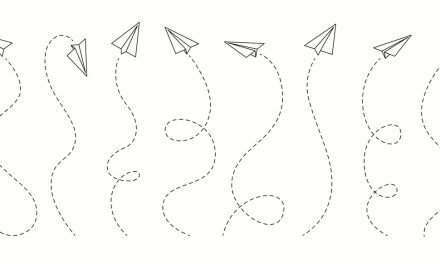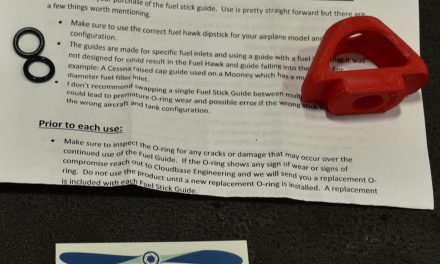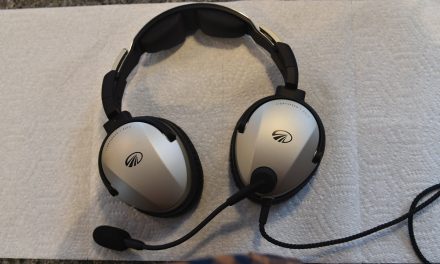Hangar Etiquette: Don’t be “That” Pilot
By Max Lundin
Housing your beloved aircraft in a hangar comes with the responsibility of owning up to a few rules, some written, others not. There’s a not-so-fine line between having a pristine corner and one reminiscent of an air force scrapyard; improper hangar use will likely result in the latter. Aside from presenting yourself as neat and responsible, a well-maintained hangar ensures safety for you, your neighbors, and your plane. Think about these dos and don’ts when you’re settling in at a new hangar.
The Dos
- Space Appropriately – Parking is a universally disliked part of vehicle use. It’s meticulous, risky, and subject to scrutiny; but that doesn’t mean you can’t ace it! The most important aspect to focus on when getting your plane in the hangar is to give your neighbors space, enough so that everyone can navigate safely and effectively.
If neighbors happen to be around, they’ll probably make sure that you’re being fair with space, but don’t take advantage of the situation if you’re alone. If you’re hand towing or using a tractor without assistance, aim to allot sufficient space for everyone around you; it’s generally a good rule of thumb to match the gaps that your neighbors have left each other.
- Clean up – Appropriate cleanup is more than just an aesthetic responsibility; an unkempt workspace can jeopardize the safety and overall quality of your hangar. A trickle of oil or smudge of grease left to occupy your floor space can mean a slipping incident for you or your hangar-mates. Keep your emergency cleanup supplies within reach at all times!
- Communicate – Get to know your hangar-mates. You’ll avoid the countless consecutive awkward encounters if you take the five minutes out of your day to introduce yourself and compliment the new paint job on their 172. Don’t be shy; knowing your neighbors can have the additional benefits of getting towing assists and maybe some equipment borrowing privileges. It can’t hurt to bounce schedules off each other either; maintenance and flights can be more time and cost effective with a partner.
- Take Inventory – Making sure that everything is in order when you leave the hangar is a must, especially for mechanics. Keep track of any parts you may have removed from the aircraft, along with any tools you may have used. Don’t leave anything out on public carts unless you plan on making a donation.
The Don’ts
- DON’T Crowd the Space – It can be fun to bring your friends along to show off your plane, but be wary of occupying too much of the hangar. Hangars are used for maintenance and storage, meaning you can be putting the lives of your acquaintances and any mechanics at risk if they’re crowding around a plane on stilts. You’re not making anyone’s life easier by blocking off the towing area either. If you must flaunt your aircraft, bring a couple of friends for a flight, but don’t invite your entire family along at this year’s reunion.
- DON’T Ignore your Hangar’s Regulations – Unless you happen to own your own hangar, chances are you’re bound by the rules of your landlord. Whether you’re subjected to required cleaning standards or space restrictions, following the rules will save you from fuss in the future. If you’re landlord has a policy that you can’t store your motorcycle, you may want to consider setting up camp at a more lenient hangar. Make sure that you’re happy with a potential hangar’s regulations, as you would any other property, before you sign on the bottom line.
- DON’T Forget “Preemptive” Supplies – Acting appropriately is only half the battle. Having the right tools in your hangar will ensure that you’re ready for any potentially dirty or dangerous situation. These supplies are straightforward, but DON’T overlook them:
- Brooms and Dust Pans – Shocker, right? Don’t gloss over the fact that you need a broom and dust pan in your supply rack. Nobody plans to drop a light bulb when installing it, but the aftermath is there nevertheless. Take the time to stop at Ace Hardware on your way to the hangar so you can be well-equipped for future messes.
- Pig Mats – Having quality mats around your workspace will save you the hassle of a grueling cleanup if you’re a sloppy mechanic, but there’s no shame to laying them out even if you are neat. Check out newpig.com for quality mats that you can easily pack into your storage locker when not in use.
- Oil Mops – Okay, so mops are just as obvious as brooms, but don’t overlook having them around. When you’re all alone and you spill a quart of oil on the floor, you’re going to wish that you had something better than a handful of paper towels to rely on.
- Locks – If you’ve invested in your own tools, you know that the costs add up; so why risk letting them get snatched while you’re not around? Keeping locks on your drawer or chest space will ensure that nobody goes snooping through your equipment. Unlike the garage at your home, your hangar doors may be open all day, just asking for strangers to go rummaging.
- Flashlights – A good flashlight should certainly be tucked away in your toolbox. Whether used for pre-flight inspections or a hunt for a lost screw, a reliable LED flashlight will save you time and time again when inspecting the less viewer-friendly crevices of the plane. There are many styles of flashlights available in a variety of price ranges. Check out Surefire, Streamlight, and Brite-Strike for high quality LED torches.
If you’re investing the cash to keep your plane stored in a hangar, you might as well make the most out of it! If you’re proactive about keeping your zone clean, you’ll be doing yourself and the people around you a favor. Keep the right tools in your arsenal, get along with your neighbors, practice correct parking, and you’ll be happy in your new home away from home.





